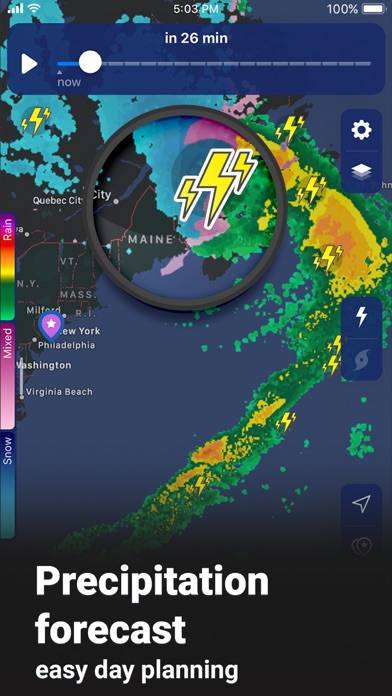

The first use of weather radar on television in the United States was in September 1961. In 1953 Donald Staggs, an electrical engineer working for the Illinois State Water Survey, made the first recorded radar observation of a " hook echo" associated with a tornadic thunderstorm.
The early meteorologists had to watch a cathode ray tube. ġ960s radar technology detected tornado producing supercells over the Minneapolis-Saint Paul metropolitan area.īetween 19, reflectivity radars, which measure position and intensity of precipitation, were incorporated by weather services around the world. By 1950 the UK company EKCO was demonstrating its airborne 'cloud and collision warning search radar equipment'. In the United Kingdom, research continued to study the radar echo patterns and weather elements such as stratiform rain and convective clouds, and experiments were done to evaluate the potential of different wavelengths from 1 to 10 centimeters. Marshall and his doctoral student Walter Palmer are well known for their work on the drop size distribution in mid-latitude rain that led to understanding of the Z-R relation, which correlates a given radar reflectivity with the rate at which rainwater is falling.

Douglas formed the "Stormy Weather Group" in Montreal. In the United States, David Atlas at first working for the Air Force and later for MIT, developed the first operational weather radars. After the war, military scientists returned to civilian life or continued in the Armed Forces and pursued their work in developing a use for those echoes. Typhoon Cobra as seen on a ship's radar screen in December 1944.ĭuring World War II, military radar operators noticed noise in returned echoes due to rain, snow, and sleet.
NOAA WEATHERRADAR HOW TO
3.1.1 How to read reflectivity on a radar display.Radar output is even incorporated into numerical weather prediction models to improve analyses and forecasts.
NOAA WEATHERRADAR SOFTWARE
Raw images are routinely used and specialized software can take radar data to make short term forecasts of future positions and intensities of rain, snow, hail, and other weather phenomena. Since then, weather radar has evolved on its own and is now used by national weather services, research departments in universities, and in television stations' weather departments. Soon after the war, surplus radars were used to detect precipitation. Techniques were developed to filter them, but scientists began to study the phenomenon. Both types of data can be analyzed to determine the structure of storms and their potential to cause severe weather.ĭuring World War II, radar operators discovered that weather was causing echoes on their screen, masking potential enemy targets. Modern weather radars are mostly pulse-Doppler radars, capable of detecting the motion of rain droplets in addition to the intensity of the precipitation. Weather radar, also called weather surveillance radar ( WSR) and Doppler weather radar, is a type of radar used to locate precipitation, calculate its motion, and estimate its type (rain, snow, hail etc.). University of Oklahoma OU-PRIME C-band, polarimetric, weather radar during construction


 0 kommentar(er)
0 kommentar(er)
